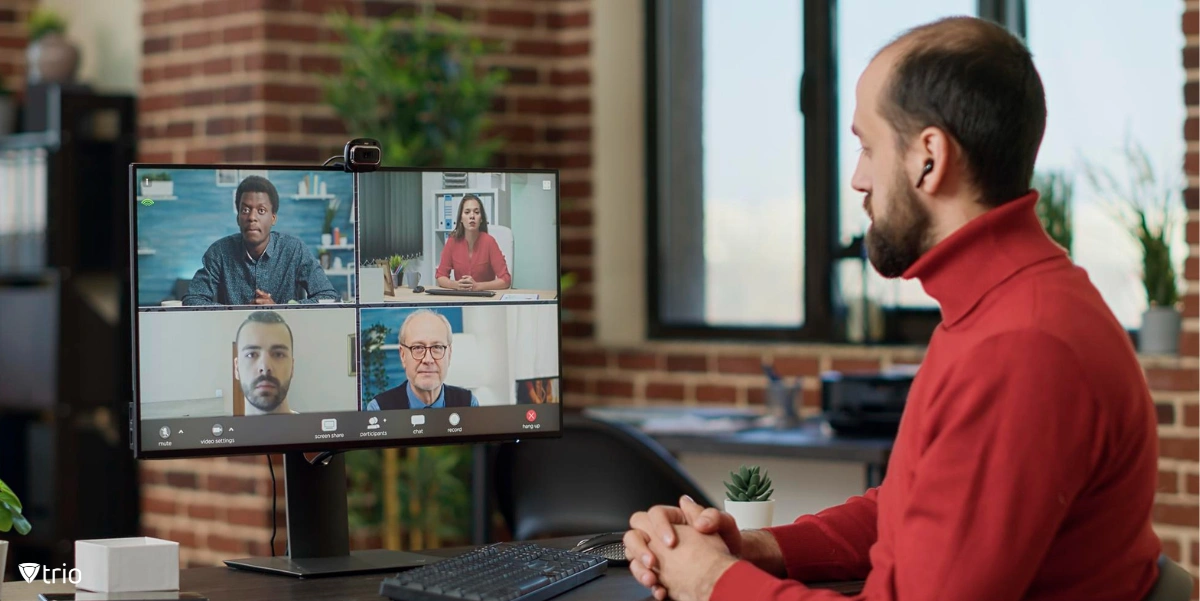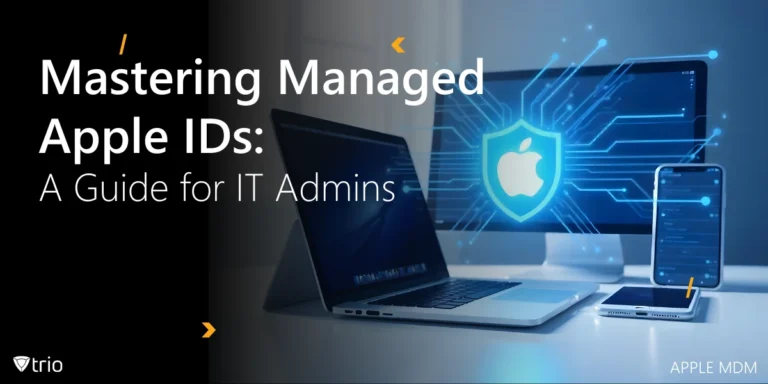The rapid growth of technology has brought significant changes in the way we work, giving rise to the concept of remote and hybrid workforces. Advancements such as high-speed internet, cloud computing, collaboration tools, and mobile devices have made it feasible for employees to effectively work from anywhere, breaking down the traditional boundaries of a physical office. This has completely transformed the modern workspace, allowing employees to work from anywhere in the world without the need to leave the comfort of their homes. All these changes have led to the creation of new concepts such as the hybrid or remote workforce. In this article, we will concentrate on the hybrid work model, exploring how organizations can implement this model to achieve enhanced productivity within their organization.
Understanding the Benefits of Hybrid Work Environments
The hybrid work model is a work arrangement that has the best of both worlds, as it is designed to include both remote work and in-office work. What’s amazing about this work model is that it grants employees the flexibility to work remotely for some days of the week and come into the office for the remaining days. It offers a dynamic alternative to the monotony that can sometimes accompany remote work or the exhaustion that usually stems from on-site work. It also promotes socializing with coworkers, which contributes to positive work dynamics. In a hybrid work model, IT admins have the flexibility to troubleshoot devices from anywhere, which lowers operational costs and increases employee productivity. However, implementing a hybrid work model requires proper management of devices and data. This is where device management solutions come into play, as they help IT admins ensure that company data is secure, devices are updated, and employees have the necessary access to resources from any location.
Assessing Readiness for a Hybrid Work Model
The most important step in implementing a hybrid work model is to assess the readiness of the current IT infrastructure. This is an extensive step that involves evaluating all the hardware and software available, as well as the network capabilities, including digital signage software. It’s also important to identify potential challenges and possible solutions, which are essential to ensure a smooth transition. Setting up policies and guidelines is also critical to ensure that employees understand their responsibilities and expectations when working remotely or in the office. By taking these steps, companies can ensure a successful implementation of this work model. Additionally, it’s important to assess different device management solutions as an extra step to find the solution most suitable for your organization.

Different Device Management Solutions
As we mentioned in the previous section, you need to consider implementing a device management solution to better manage your remote and hybrid workforce and their company-owned devices. A device management solution refers to a comprehensive set of tools, processes, and technologies that enable organizations to effectively manage their device fleet. These solutions are designed to streamline device provisioning, configuration, security, monitoring, and maintenance. There are many types of device management solutions such as MDM, EMM, and EUM.
Designing a Hybrid Work Model
The next step after evaluating the readiness of your IT environment is to design your work model. It’s apparent that designing a flexible hybrid work model requires careful consideration of various factors, the first one being the roles and responsibilities of IT admins. IT administrators play a crucial role in ensuring that the company’s IT infrastructure is ready for a hybrid work environment. They must establish clear guidelines for employees on how to access company resources remotely while also implementing security measures to protect sensitive data from potential hazards. The next important thing to keep in mind while designing a hybrid work model is to determine the frequency and duration of remote work. In other words, when designing a hybrid work model, it’s crucial to decide how often and for how long employees will be working remotely. While designing a hybrid work model, it’s crucial to implement communication channels and protocols to ensure that everyone is on the same page. Also, these channels make communication between employees and IT admins or HR easier. Finally, setting up security measures for remote access is critical to protect the company’s assets and prevent cyber threats. All the mentioned steps can be seamlessly achieved through the use of different management solutions such as Mobile Device Management (MDM).

Implementing a Hybrid Work Model
To successfully implement a hybrid work model, it’s crucial to prioritize the training and support of IT admins. Equipping them with comprehensive guidelines on effectively utilizing the MDM solution is essential. While this may seem insignificant, it plays a vital role in managing remote devices and ensuring seamless data access. With the increasing prevalence of cyber threats, it’s crucial to implement security measures to protect sensitive information and prevent data loss. The necessary security measures can easily be achieved through using the right policies for the device fleet. Furthermore, IT admins must also establish clear guidelines for employees on how to access company resources remotely while maintaining productivity and collaboration. For maintaining the IT infrastructure to support the hybrid and remote workforce, it’s important to test and monitor the digital workspace constantly. Businesses can ensure that it meets the needs of both employees and the company as a whole.
The Trio as an EMM Solution
Trio, as an EMM solution, is designed to cater to the needs of corporations of any size or industry. Trio helps organizations create their device inventory and keep all devices secure and updated. It also allows organizations to track the location of their devices. With Trio’s profile management feature, organizations can create different policy profiles and set them for different devices based on their operating systems. This is an essential feature, especially for organizations with a remote or hybrid workforce, as it ensures that sensitive corporate data remains secure at all times. Additionally, Trio offers amazing application management solutions that help organizations ensure all employees have access to the applications they need for their jobs. Furthermore, Trio makes it possible to create application lists based on employees’ departments, which helps boost productivity and avoid distractions. What makes Trio a suitable choice for any organization and the hybrid workforce is the remote troubleshooting capabilities that allow IT admins to troubleshoot devices from anywhere and run different commands for optimal performance.
See Trio in Action: Get Your Free Trial Now!
The rapid advancement of technology has led to the emergence of remote and hybrid workforces. To create an IT environment that is suitable for the remote and hybrid workforce, it is necessary to implement several steps. Initially, it’s important to thoroughly analyze your company’s asset management to ensure they can support the desired workspace. After assessing the capacity of the assets, the next step is to design the work model. Both IT administrators and employees must be fully aware of their tasks and responsibilities. Additionally, it’s beneficial to consider how frequently your workforce will be working remotely. During the implementation phase, it’s important to consider appropriate device management solutions and implement necessary security measures to keep your organization safe, secure, and compliant. Trio, as an EMM solution, is an excellent choice for any organization, regardless of the number of devices. Trio helps your organization manage all devices from a centralized place for smoother operations. Trio is a mobile device management (MDM) solution with a free trial available for you to try out today.




